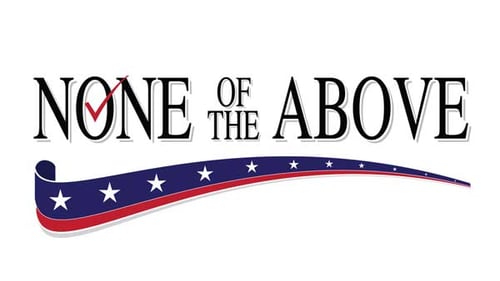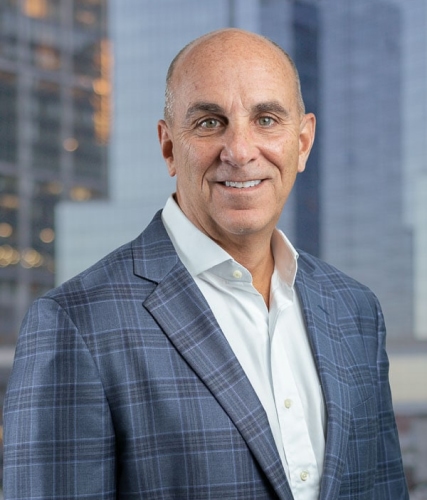-
- Topics:
- All
- Investments
- Operations
- Data
- Our Industry
- Technology and Innovation
- Vendors and Service Providers
- Program and Project Management
- Compliance and Regulation
- Systems Implementation
- Operating Model Design
- Solutions Market Perspective Series
- Outsourcing Transition
- Strategic Assessment
- Asset Managers
- Corporate Social Responsibility
- Vendor Evaluation
- Distribution
- Industry News
- Asset Owners
- Wealth Managers
- Annual Outlook
-
Capabilities
-
Capabilities
From design to delivery, we're your partner at every step.
-
-
Insights
-

Unlock the Industry's Transformation Agenda
Get the full report to benchmark your transformation strategy and stay ahead of industry change.
-
-
About
-
- Careers



 On November 8th, millions of Americans will take to the polls to elect the next President...or maybe not. I've been able to vote since 1981 and I can't remember a time where the choices, both Democrat and Republican, have been as poor as this group. I find it unbelievable that these four finalists are the best America has to offer. If there ever was a time where an option to vote for "none of the above" was available, this is it. I recently spent time in the UK and most of my conversations with the Brits focused on why we can't find one decent American to run for office. I was somewhat embarrassed to have to agree with my UK colleagues. Over dinner one evening I was asked, point blank "are you intending to vote and if so, who will you vote for?" My response: "the least worst option."
On November 8th, millions of Americans will take to the polls to elect the next President...or maybe not. I've been able to vote since 1981 and I can't remember a time where the choices, both Democrat and Republican, have been as poor as this group. I find it unbelievable that these four finalists are the best America has to offer. If there ever was a time where an option to vote for "none of the above" was available, this is it. I recently spent time in the UK and most of my conversations with the Brits focused on why we can't find one decent American to run for office. I was somewhat embarrassed to have to agree with my UK colleagues. Over dinner one evening I was asked, point blank "are you intending to vote and if so, who will you vote for?" My response: "the least worst option." 




Comments